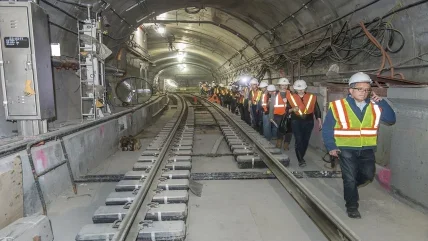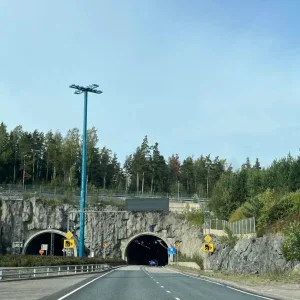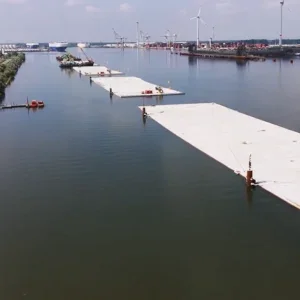
CAC Industries has won the US$182m (£142.6m) contract to relocate underground utilities from 105 Street to 110 Street on Second Avenue at the site of the future 106 Street Station, to allow the subsequent cut-and-cover construction of the station. The contract also includes temporary streetscape modifications that will be required during construction.
It is the first of four construction contracts for the new line, which will extend the Q train approximately 2.4km from 96 Street to 125 Street and provide three new accessible stations for the East Harlem community. New York City has some of the most complex underground utilities networks in the world – much of which is unmapped – which can add delays and costs once projects are under way.
Announcing the contact award, New York Governor Kathy Hochul said advancing utility relocation ahead of station and tunnel construction was a major lesson learned from Phase 1 of Second Avenue Subway.
MTA construction and development president Jamie Torres-Springer said the MTA was implementing valuable lessons learned from past projects into Phase 2 of the Second Avenue Subway.
“This contract reflects our new approach by proactively relocating utilities upfront. Improving this process will help deliver this project more efficiently and provide residents of East Harlem with increased transportation options better, faster, and cheaper than before,” he said.
Revenue from congestion pricing will support US$15bn in funding for critical projects in the MTA’s current capital programme, which includes Second Avenue Subway Phase 2.
Additional cost containment initiatives in Phase 2 include reuse of a tunnel segment that was built in the 1970s from 110 Street to 120 Street along Second Avenue, early real estate acquisition, adoption of best value contract structures like A+B contracts, reduction in back-of-house and ancillary space, and close co-ordination of contracts.
Phase 1 of the project extended the Q line from 63 Street to 96 Street and was New York City’s largest expansion of the subway system in 50 years. Since opening in January 2017, the Second Avenue Subway has carried more than 130 million passengers in total, including over 200,000 passengers on a typical pre-pandemic day.







